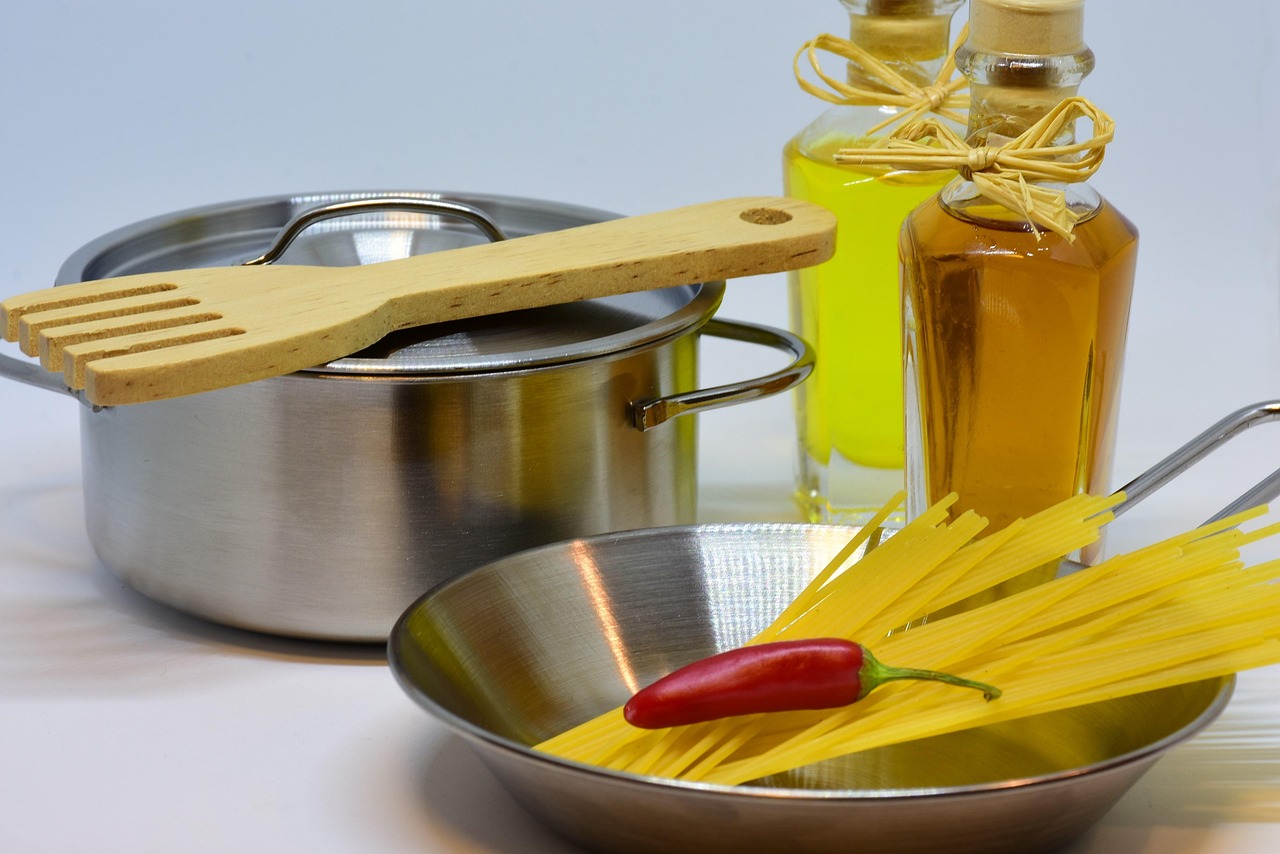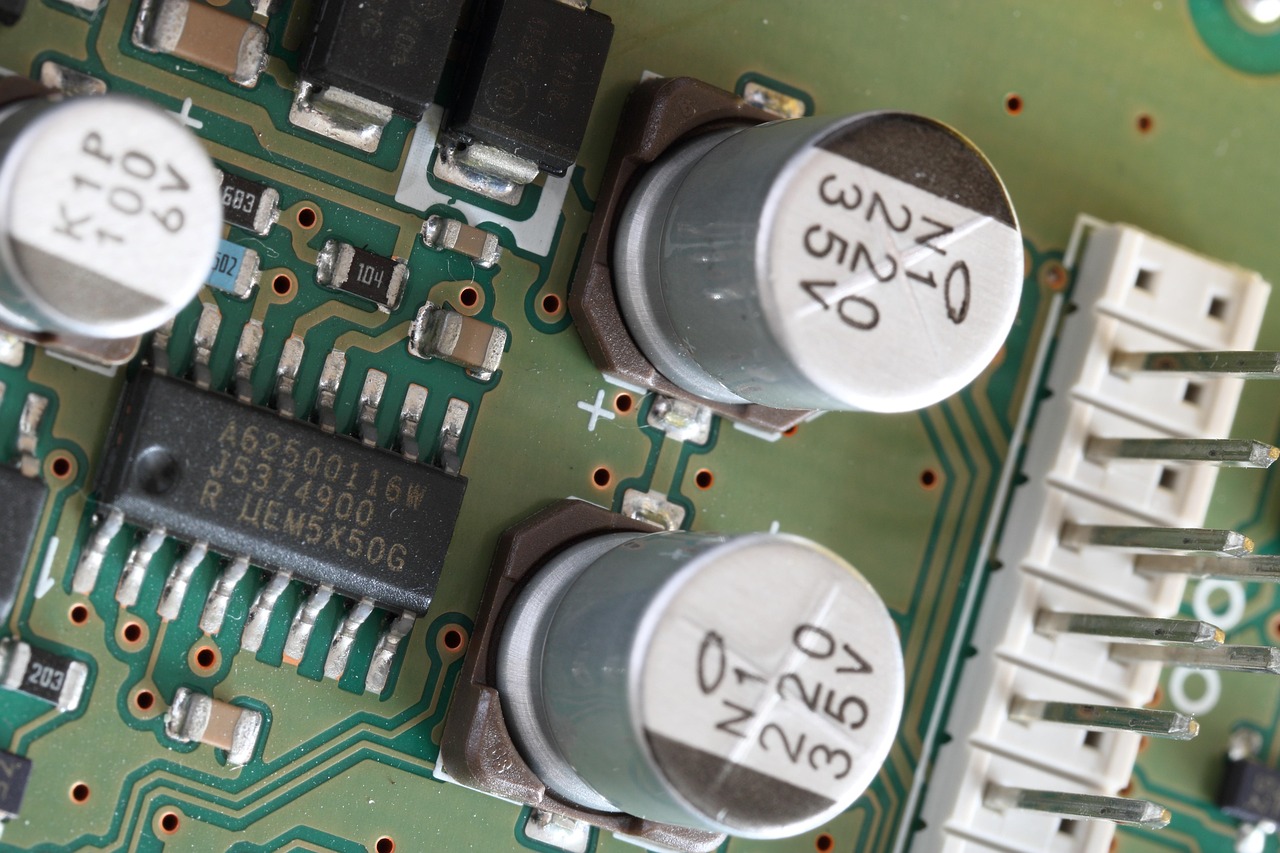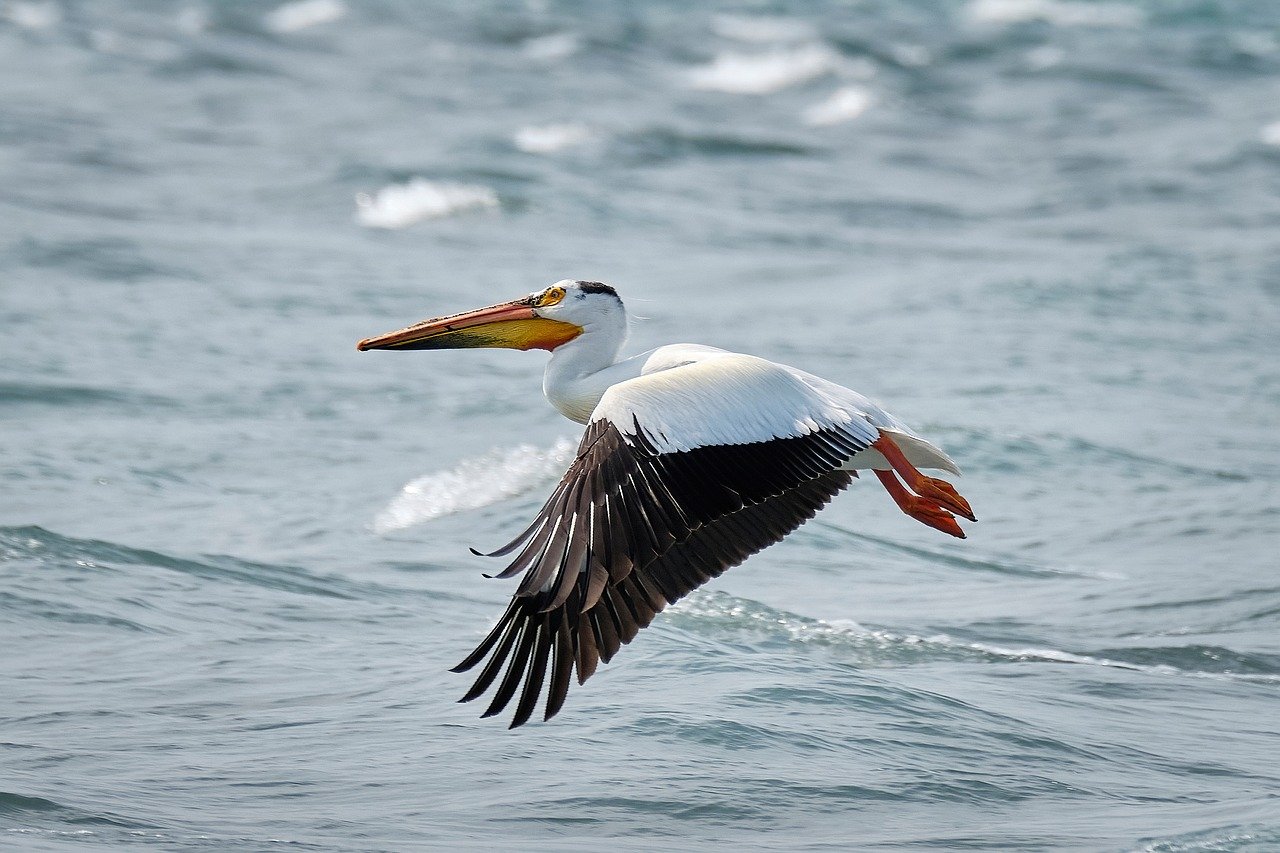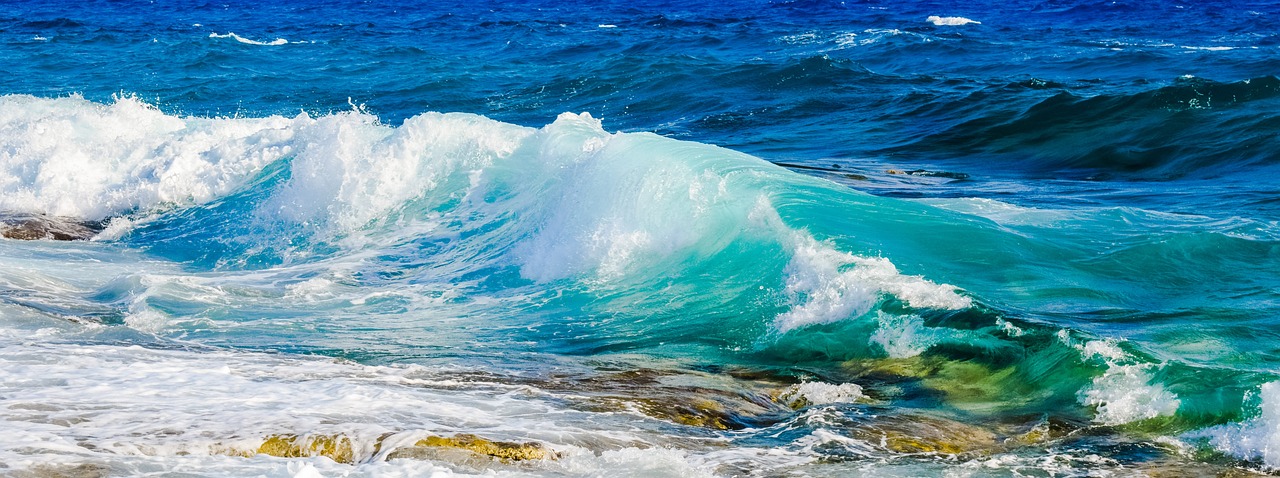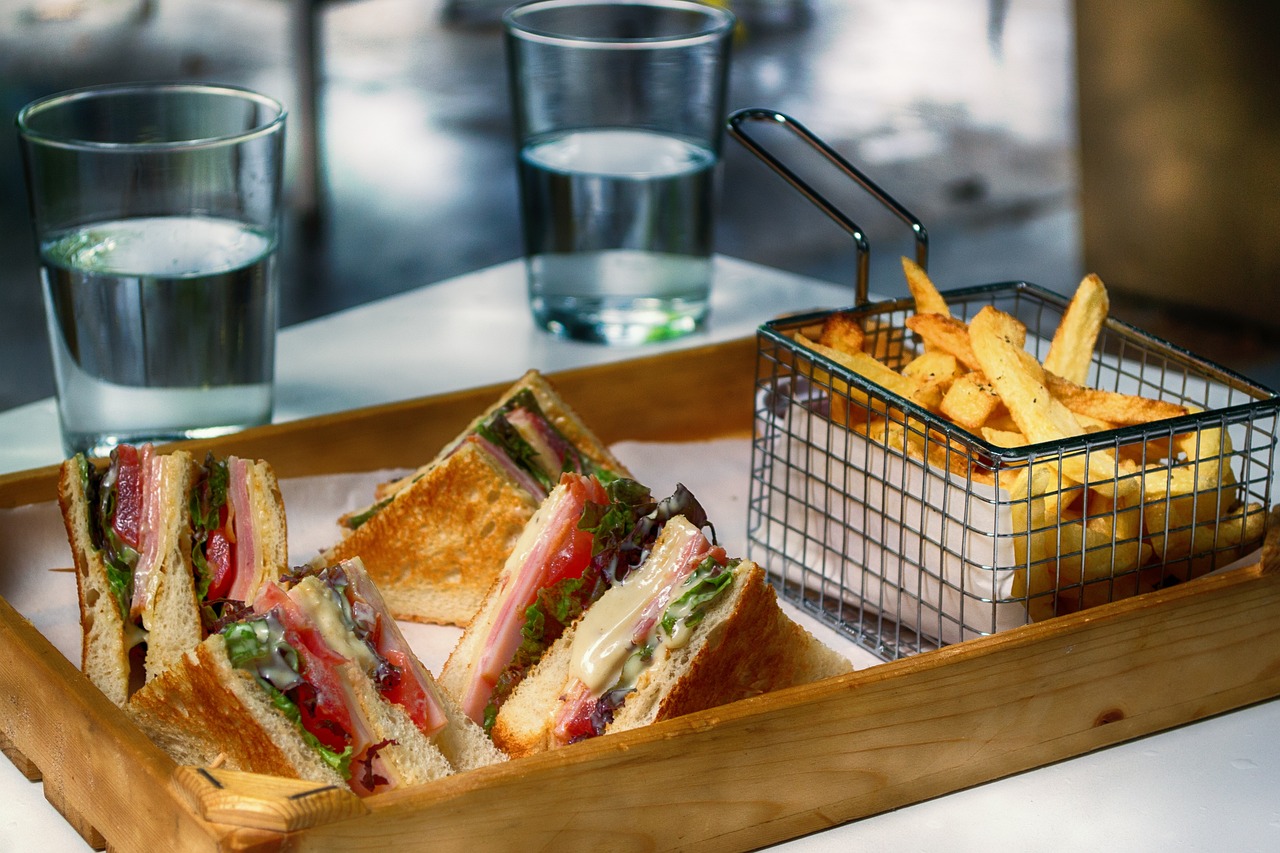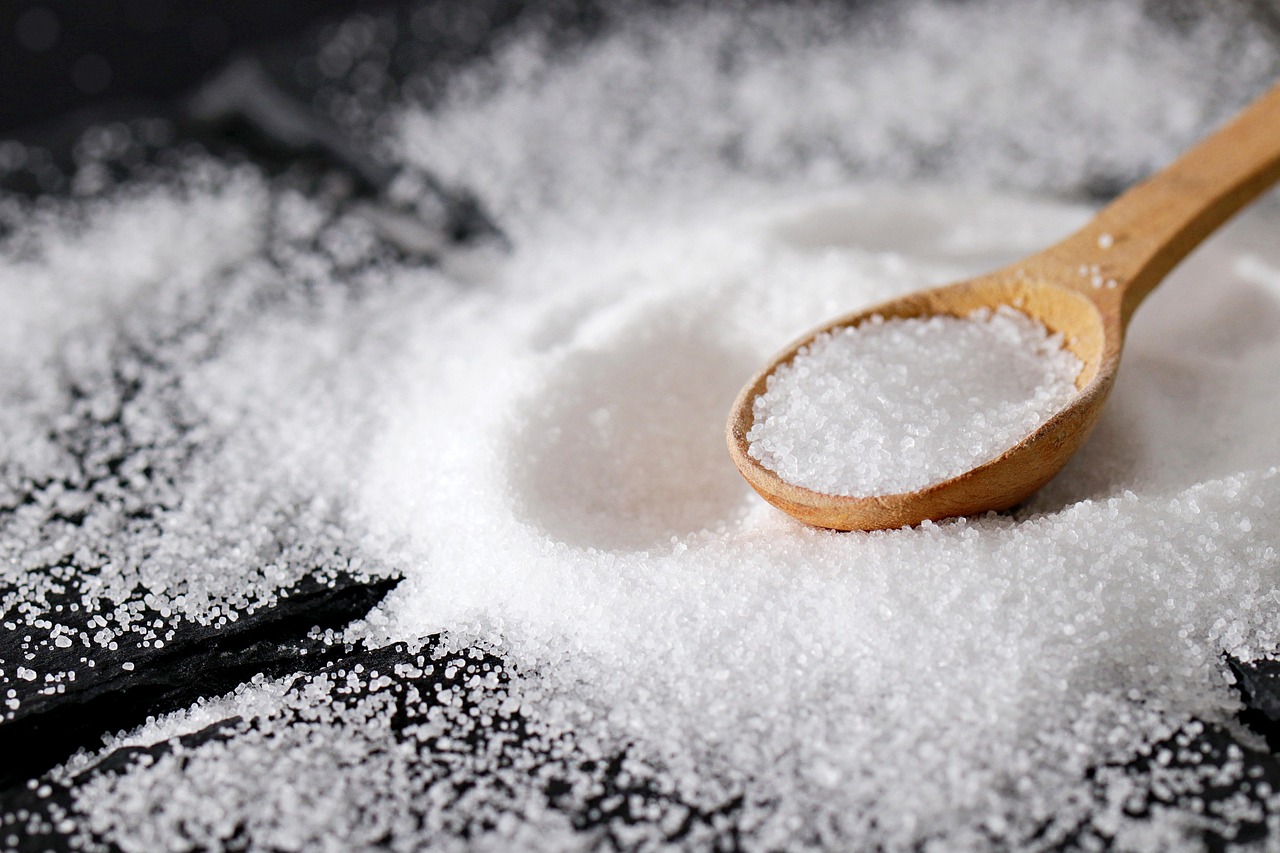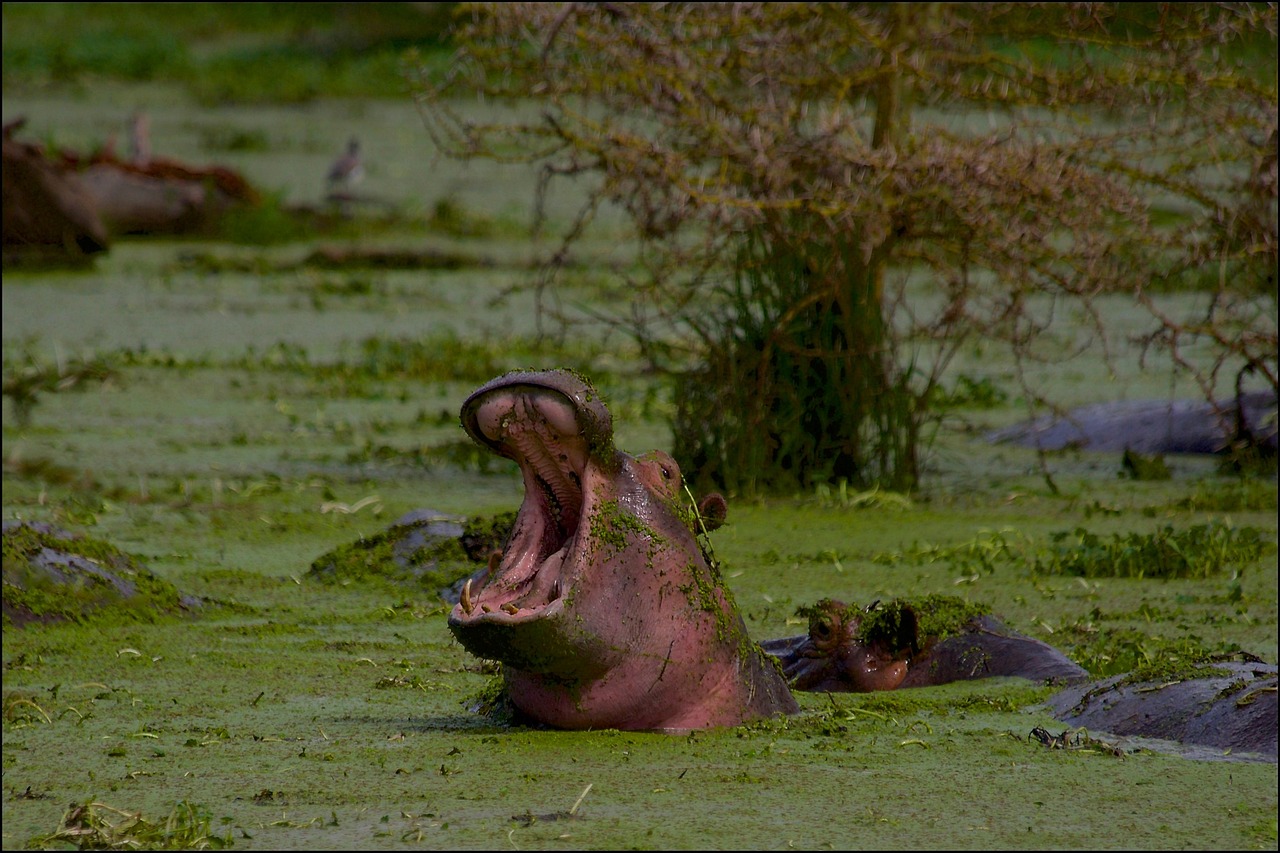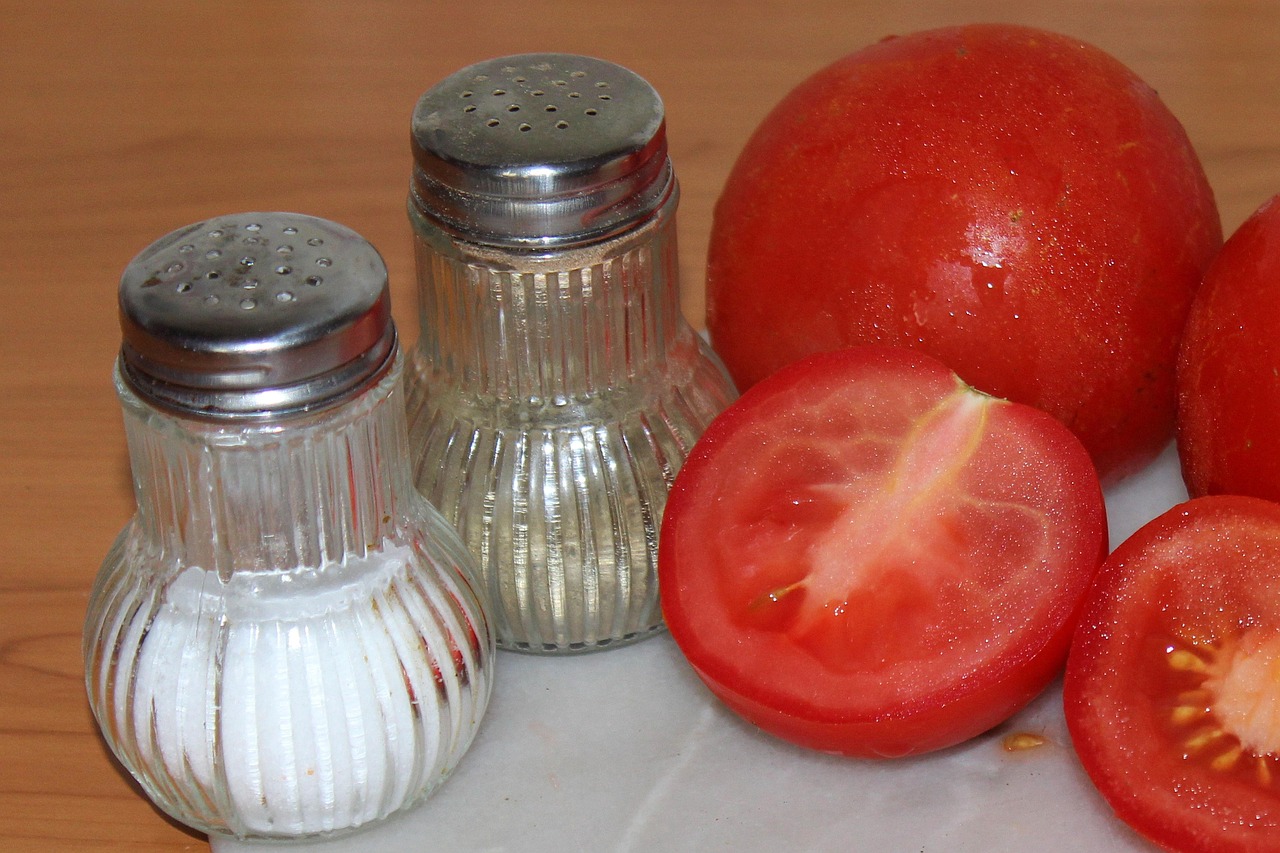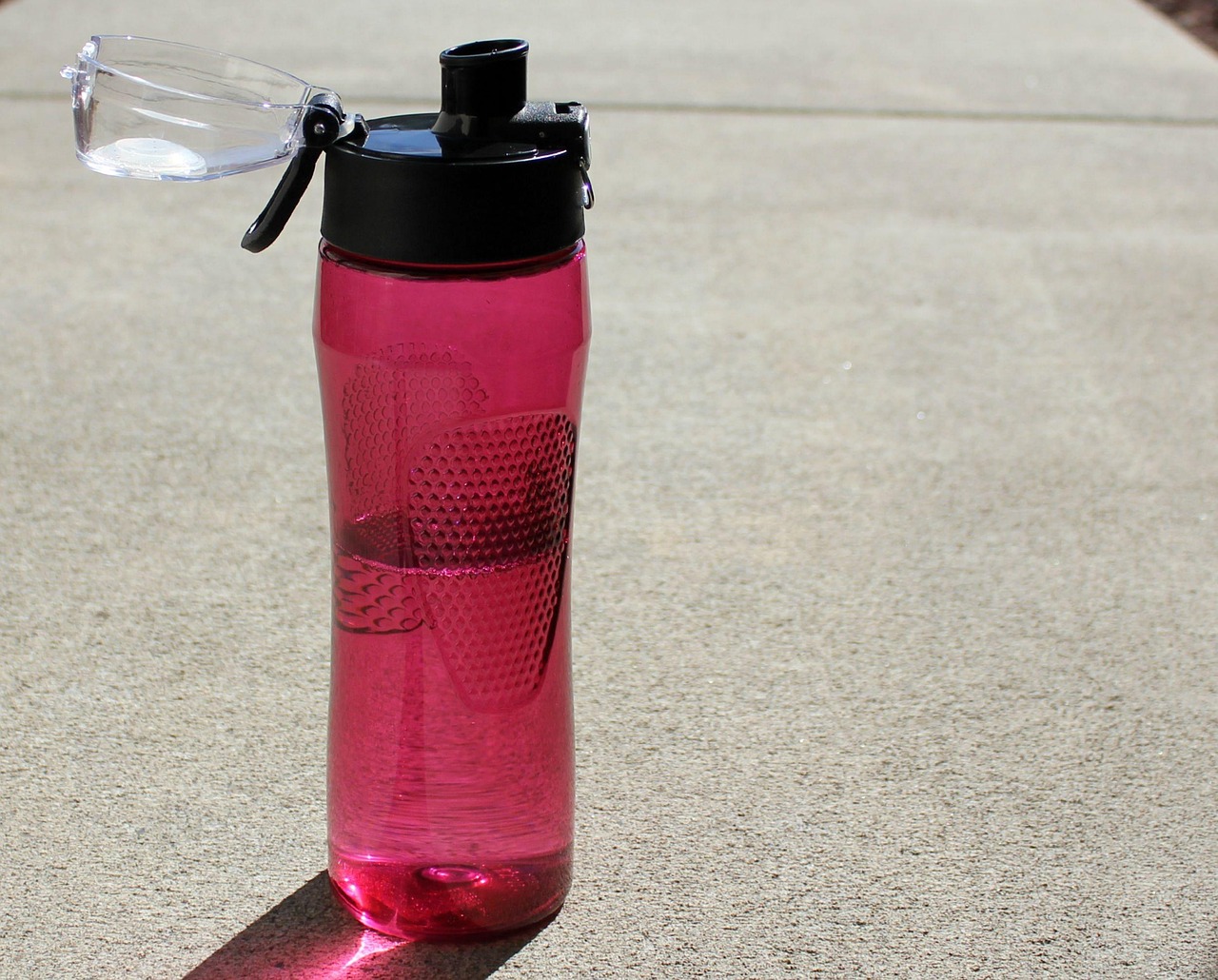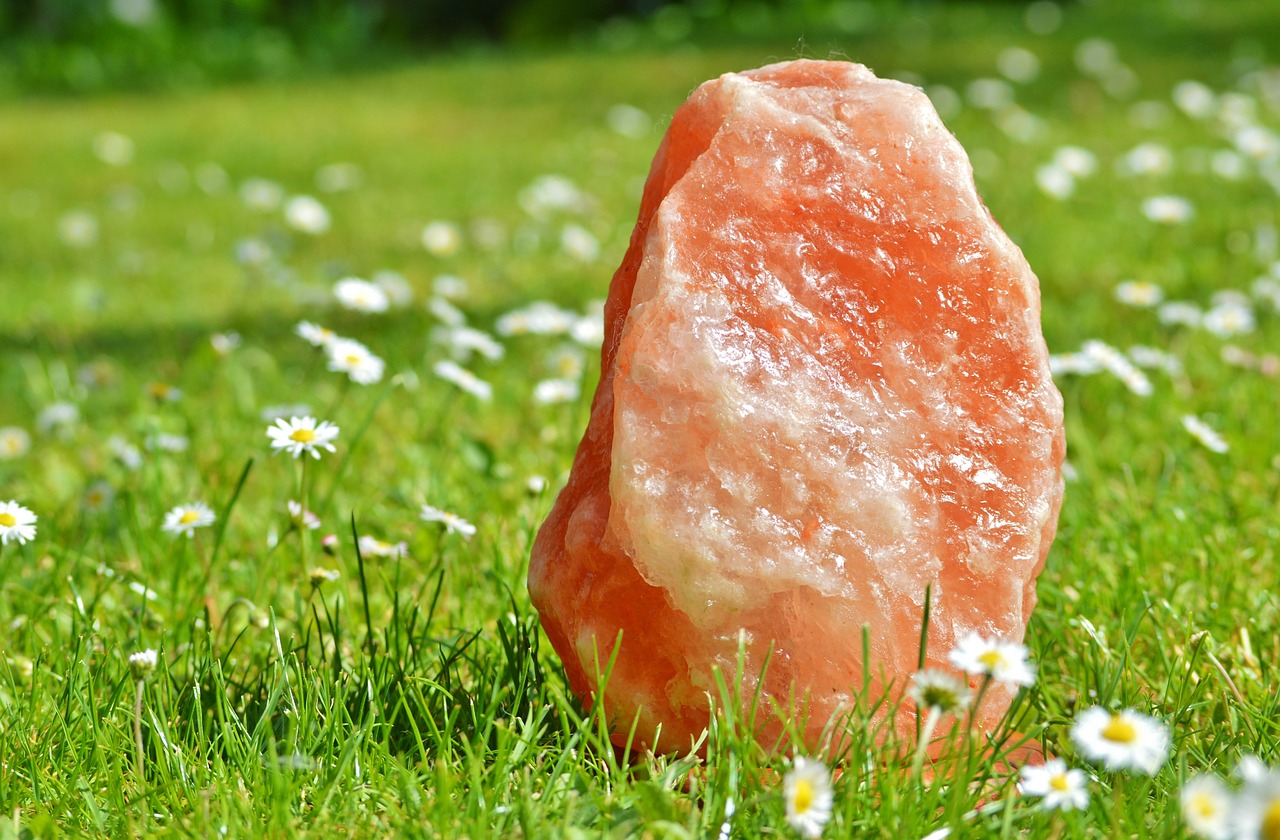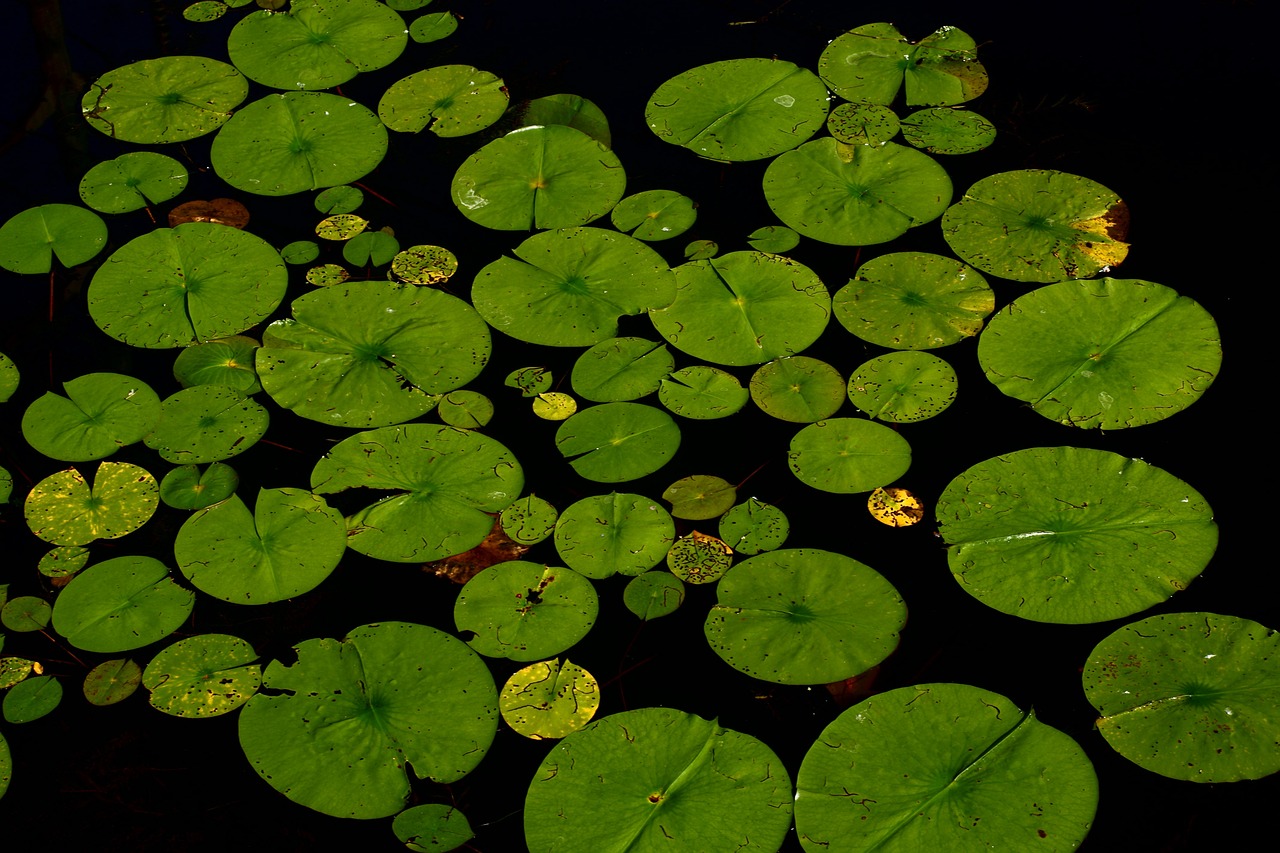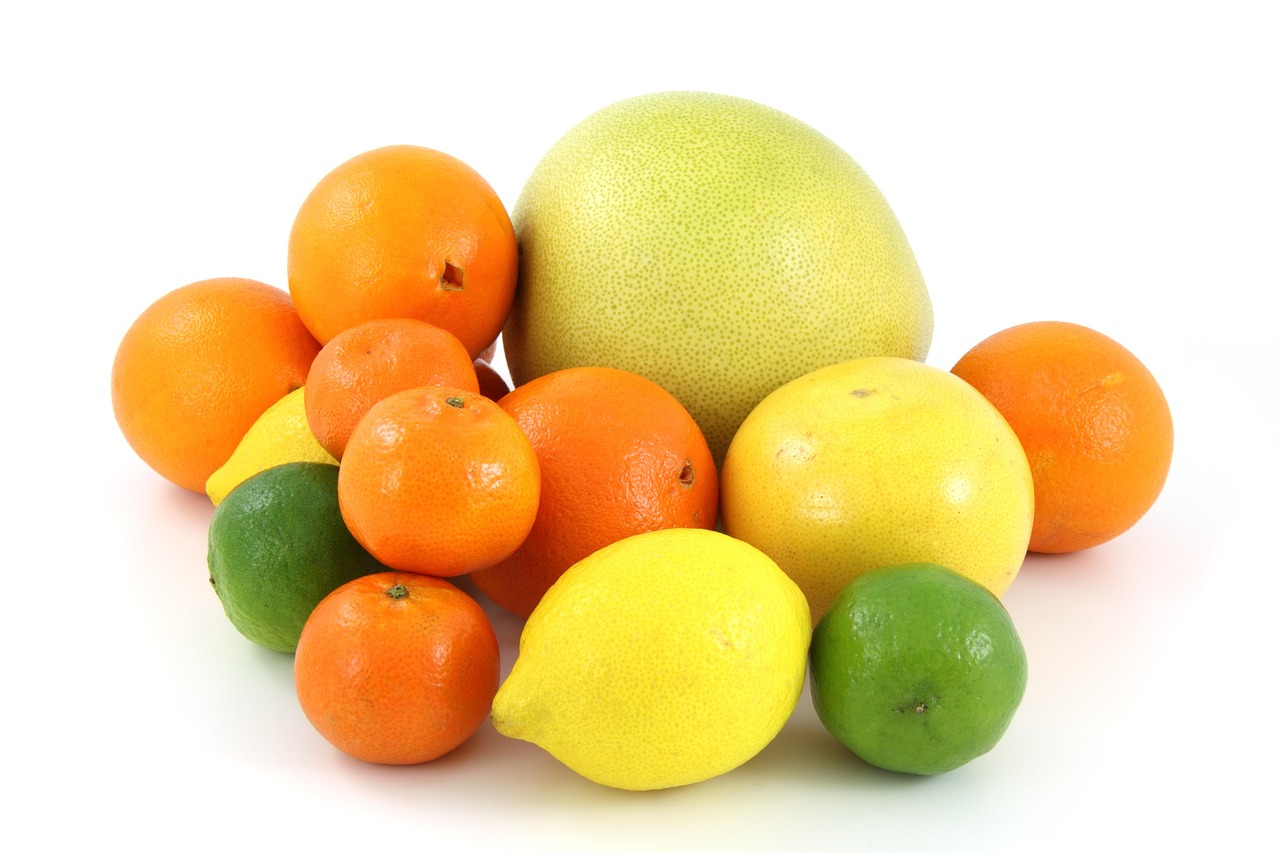This article delves into the fascinating Mpemba effect, a phenomenon where warm water can freeze more quickly than cold water under specific conditions. This counterintuitive observation raises questions about our understanding of thermodynamics and the complex interactions involved in heat transfer.
The Mpemba Effect Explained
The Mpemba effect challenges traditional notions of freezing, suggesting that warmer water can sometimes freeze faster than its cooler counterpart. This unexpected behavior has intrigued scientists for decades and has led to numerous studies attempting to explain the underlying mechanisms.
Historical Background of the Mpemba Effect
Named after Tanzanian student Erasto Mpemba, who first documented this effect in the 1960s, the Mpemba effect has a rich history. Early thinkers like Aristotle and Descartes also noted similar observations, indicating that this phenomenon has captured human curiosity for centuries.
Scientific Recognition and Studies
Over the years, various studies have sought to replicate the Mpemba effect. Some experiments have successfully demonstrated its occurrence, while others have failed, leading to ongoing debates within the scientific community regarding its validity and the specific conditions required for it to manifest.
Factors Influencing the Mpemba Effect
- Water Purity: The presence of impurities can significantly alter the freezing point of water, impacting the freezing process.
- Container Shape and Size: The geometry of the container can affect heat transfer rates, influencing how quickly warm water loses heat.
- Environmental Conditions: Factors like air pressure and humidity can also play a role in the freezing process.
Thermodynamics Behind Freezing
To grasp why warm water might freeze faster, understanding thermodynamics is crucial. Heat transfer occurs through various mechanisms:
- Conduction: Direct heat transfer between molecules.
- Convection: Movement of heat through fluid motion.
- Radiation: Heat transfer through electromagnetic waves.
The Role of Evaporation
Evaporation significantly contributes to the Mpemba effect. When warm water evaporates, it loses heat, which can enhance its freezing rate compared to colder water that does not evaporate as readily.
Real-World Applications of the Mpemba Effect
The implications of the Mpemba effect extend beyond theoretical discussions:
- Cryogenics: Understanding this effect can improve freezing techniques for biological samples, enhancing preservation methods.
- Food Preservation: Utilizing warm water in certain freezing processes may yield better results, helping maintain food quality.
Controversies and Misunderstandings
Despite its intriguing nature, the Mpemba effect remains a topic of debate. Some scientists express skepticism about its reproducibility, arguing that it may not be a universal phenomenon. Misunderstandings often arise from oversimplified explanations, emphasizing the need for a nuanced understanding of the conditions required for this effect to occur.
In conclusion, the Mpemba effect serves as a compelling reminder of the complexities of nature and the ongoing quest for knowledge in the scientific community. As research continues, it may reveal further insights into this fascinating phenomenon and its implications across various fields.
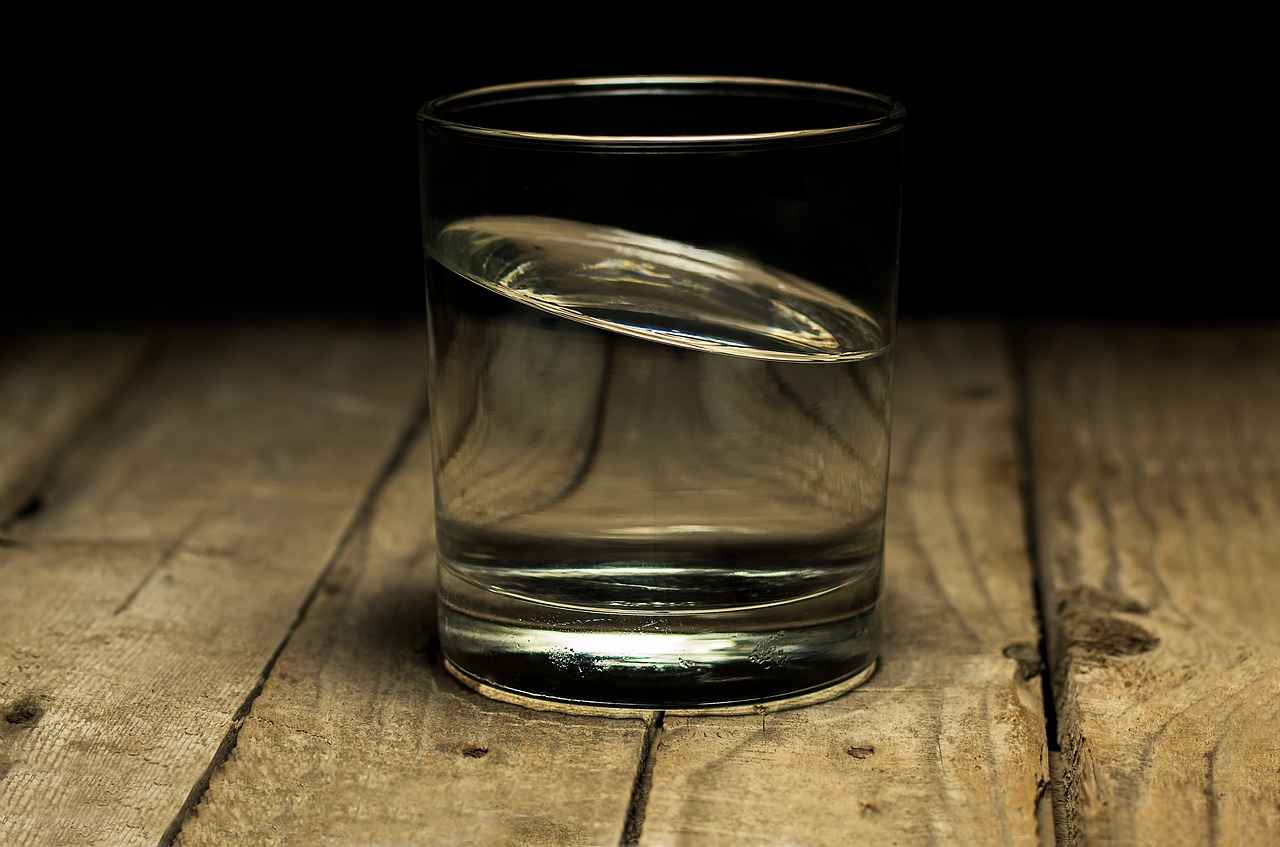
The Mpemba Effect Explained
The Mpemba effect is a fascinating phenomenon that defies conventional wisdom in the realm of physics. It describes the seemingly paradoxical situation where warm water can freeze faster than cold water. This counterintuitive observation challenges our traditional understanding of thermodynamics and heat transfer, prompting scientists to explore the underlying mechanisms that may contribute to this effect.
To fully grasp the Mpemba effect, one must consider the various factors that influence the freezing process. Temperature is a critical variable, but it is not the only one. The purity of the water, the shape and size of the container, and the surrounding environmental conditions all play significant roles in determining how quickly water can freeze.
The Mpemba effect is named after Erasto Mpemba, a Tanzanian student who first documented this phenomenon in the 1960s. His observations prompted further inquiry and experimentation, leading to a renewed interest in understanding the complexities of freezing water. Interestingly, historical accounts trace back to philosophers like Aristotle and Descartes, who also noted similar behaviors in water, underscoring the long-standing intrigue surrounding this effect.
In recent decades, numerous scientific studies have sought to replicate the Mpemba effect, resulting in a growing body of research. While some experiments have successfully demonstrated the phenomenon, others have yielded inconsistent results, leading to debates within the scientific community about its validity and the specific conditions required for it to occur.
- Impurities in Water: The presence of impurities can significantly lower the freezing point of water, affecting the rate at which it freezes. For example, dissolved salts or minerals can alter thermal properties, contributing to the Mpemba effect.
- Container Shape and Size: The geometry of the container holding the water can impact heat transfer rates. A wider container may facilitate faster cooling due to increased surface area, while a narrow one may retain heat longer.
- Environmental Conditions: Factors such as ambient temperature and airflow can also influence the rate of heat loss from the water, further complicating the freezing process.
Understanding the thermodynamic principles behind freezing is essential for explaining why warm water may freeze faster. Heat transfer occurs through three primary mechanisms: conduction, convection, and radiation. These mechanisms behave differently in warm and cold water, affecting the overall freezing time.
Another important aspect to consider is the role of evaporation. When warm water is exposed to cooler air, it can lose heat through evaporation, which may accelerate the freezing process. This heat loss can create conditions where the remaining water freezes more rapidly than expected.
The implications of the Mpemba effect extend beyond theoretical discussions. In fields such as cryogenics, understanding this phenomenon can improve methods for freezing biological samples, enhancing preservation techniques. Additionally, in the realm of food preservation, utilizing warm water in certain freezing processes may yield better results, maintaining food quality and safety.
Despite its intriguing nature, the Mpemba effect remains a topic of controversy. Some scientists express skepticism about its reproducibility, arguing that it may not be a universal phenomenon. Misunderstandings often arise from oversimplified explanations, highlighting the need for a deeper exploration of the conditions required for this effect to manifest.
In summary, the Mpemba effect is a captivating example of how our understanding of physical phenomena can be challenged by unexpected observations. As research continues, it may unlock further insights into the complexities of thermodynamics and the behavior of water.
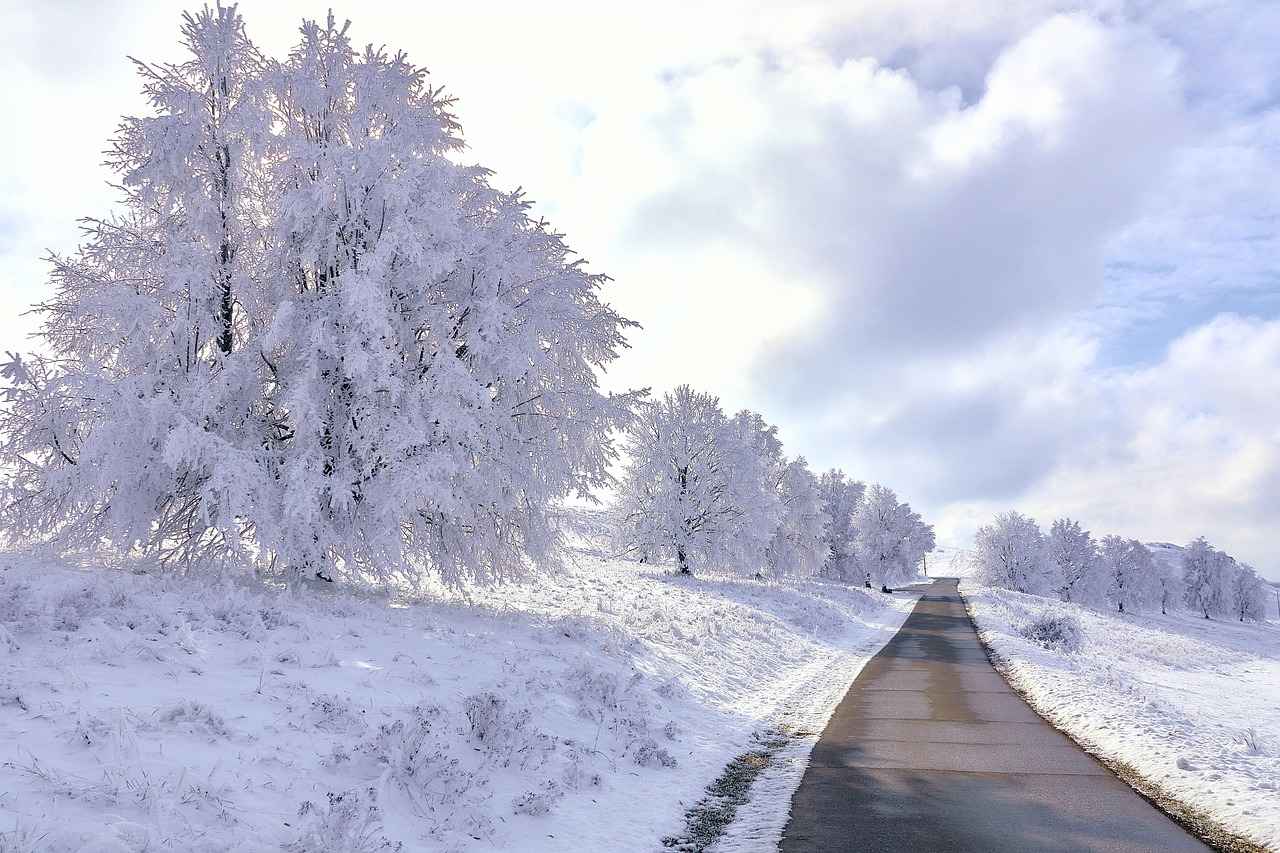
Historical Background of the Mpemba Effect
The Mpemba effect is a fascinating scientific phenomenon that has intrigued researchers and casual observers alike for decades. Its historical roots trace back to the 1960s when a Tanzanian student named Erasto Mpemba made an unexpected observation: warm water can freeze faster than cold water under certain conditions. This simple yet perplexing finding sparked a wave of scientific inquiry and debate, challenging long-held beliefs about thermodynamics and heat transfer.
Erasto Mpemba’s initial observations occurred while he was making ice cream in school. He noticed that the mixture containing warm water froze more quickly than the one with cold water. His claim was met with skepticism, prompting him to conduct experiments that demonstrated the phenomenon. Despite initial doubts, Mpemba’s findings eventually gained traction, leading to further investigations into the underlying mechanisms of this counterintuitive effect.
The Mpemba effect is not a new concept; historical records indicate that notable philosophers and scientists have pondered similar observations. For instance, Aristotle and René Descartes made references to the peculiarities of water freezing, albeit without a comprehensive understanding of the phenomenon. This long-standing curiosity highlights a persistent theme in the study of physics: the need to question and explore the natural world.
In the years following Mpemba’s revelation, scientists began to systematically investigate the conditions that lead to the Mpemba effect. Various studies have sought to replicate his findings, leading to a growing body of research that examines the factors influencing this phenomenon. Some researchers argue that it may not be universally applicable, while others emphasize the importance of specific environmental conditions, such as water purity, container shape, and even atmospheric pressure.
One of the significant contributions to understanding the Mpemba effect came from experiments that focused on the role of evaporation. When warm water is exposed to a cooler environment, evaporation occurs more rapidly, leading to a reduction in mass and temperature. This heat loss can facilitate faster freezing, as the remaining water cools more efficiently. Additionally, impurities in the water can alter its freezing point, further complicating the dynamics at play.
As research continued, the Mpemba effect garnered attention not only in academic circles but also in practical applications. Understanding this phenomenon has implications in various fields, including cryogenics and food preservation. In cryogenics, for example, the Mpemba effect can enhance methods for freezing biological samples, improving preservation techniques and outcomes. Similarly, in the food industry, utilizing warm water in certain freezing processes may yield better results in maintaining food quality.
Despite its intriguing nature, the Mpemba effect remains a subject of controversy. Some scientists express skepticism regarding its reproducibility, arguing that the conditions under which it occurs may not be consistent. Common misconceptions often arise from oversimplified explanations, necessitating a deeper exploration of the specific factors that contribute to this phenomenon.
In summary, the historical background of the Mpemba effect is a testament to the power of observation and inquiry in science. From Erasto Mpemba’s initial observations to contemporary research efforts, this phenomenon continues to challenge our understanding of the natural world. As scientists delve deeper into the complexities of freezing and heat transfer, the Mpemba effect serves as a reminder of the mysteries that still exist within the realm of physics.
Early Observations and Experiments
The phenomenon known as the Mpemba effect has intrigued scientists and philosophers alike for centuries. Its existence challenges our conventional understanding of thermodynamics. This section delves into the early observations and experiments that laid the groundwork for this fascinating effect.
Historical accounts indicate that the Mpemba effect was noted long before Erasto Mpemba’s famous observations in the 1960s. Notably, the ancient Greek philosopher Aristotle mentioned similar occurrences in his writings, suggesting that hot water might freeze more quickly than cold water. Although Aristotle did not conduct controlled experiments, his musings reflect a curiosity about the nature of water and its behavior under varying temperatures.
Another significant figure in the history of the Mpemba effect is the French philosopher and mathematician René Descartes. In the 17th century, Descartes explored the properties of water and its interactions with heat. He proposed that the behavior of water could be influenced by its temperature, although his ideas were not empirically tested during his time. These early observations highlight a persistent interest in the thermal properties of water, setting the stage for future explorations.
Fast forward to the 20th century, the Mpemba effect gained renewed attention when Erasto Mpemba, a Tanzanian student, made a remarkable observation while making ice cream. He noticed that hot milk froze faster than cold milk when placed in a freezer. This prompted him to conduct experiments, which led to his presentation at a science conference in 1969. His findings spurred interest among scientists who began to investigate the underlying principles of this counterintuitive phenomenon.
Several researchers have attempted to replicate Mpemba’s results, leading to a variety of experiments designed to understand the conditions under which warm water freezes faster than cold water. One such experiment involved varying the temperature, container materials, and even the presence of impurities in the water. These studies often yielded inconsistent results, leading to debates within the scientific community about the validity and reproducibility of the Mpemba effect.
To further understand the Mpemba effect, researchers have employed modern techniques such as thermographic imaging to observe heat distribution in water. These advanced studies have revealed that factors like convection currents and evaporation rates play significant roles in the freezing process. For instance, warm water can experience greater evaporation, which cools the remaining water and may lead to faster freezing.
Additionally, the shape and size of the container holding the water can significantly impact the freezing time. Experiments have shown that shallow containers allow for more efficient heat loss compared to deeper ones, which can affect the rate at which water cools. This insight has practical implications for various fields, including cryogenics and food preservation.
Despite the ongoing research, the Mpemba effect remains a topic of debate. Some scientists argue that the effect is not universally applicable, suggesting that specific conditions must be met for it to occur. This skepticism has led to a deeper investigation into the mechanisms at play, further enriching our understanding of thermal dynamics.
In summary, the early observations and experiments surrounding the Mpemba effect reveal a rich history of inquiry into the behaviors of water under different temperatures. From Aristotle and Descartes to Erasto Mpemba and modern researchers, the quest to understand why warm water can freeze faster than cold water continues to captivate and challenge scientists today.
Scientific Recognition and Studies
The Mpemba effect has captivated scientists and curious minds alike, leading to a surge in research aimed at understanding this perplexing phenomenon. The assertion that warm water can freeze faster than cold water seems counterintuitive and challenges our fundamental grasp of thermodynamics. In recent decades, numerous studies have attempted to replicate the Mpemba effect, leading to a growing body of research that seeks to understand its validity and the conditions that facilitate it.
Researchers have conducted a variety of experiments to investigate the Mpemba effect, often yielding inconsistent results. Some studies have successfully demonstrated the phenomenon under specific conditions, while others have failed to replicate the findings. This inconsistency has fueled debates within the scientific community regarding the underlying mechanisms and whether the Mpemba effect is a genuine occurrence or merely an artifact of experimental design.
- 1971 Study by Mpemba and Osborne: One of the earliest studies to formally document the Mpemba effect involved a simple experiment where Mpemba and his teacher observed that warm ice cream mixture froze faster than a cold one.
- 2012 Research by Brown and Tabor: This study provided insights into the role of evaporation and convection currents in warm water, suggesting that these factors could contribute to the Mpemba effect.
- 2019 Study by Zhang et al.: This research highlighted the influence of container shape and environmental conditions, suggesting that the Mpemba effect could be observed more reliably under specific experimental setups.
Several factors have been identified that may influence the occurrence of the Mpemba effect. These include:
- Water Purity: The presence of impurities or dissolved gases in water can alter its freezing point, potentially enhancing the Mpemba effect.
- Container Material: The thermal conductivity of the container used to hold the water can impact heat transfer rates, affecting freezing times.
- Environmental Conditions: Factors such as air temperature, humidity, and wind speed can also play significant roles in how quickly water freezes.
Various theoretical frameworks have been proposed to explain the Mpemba effect. Some scientists argue that the phenomenon can be understood through classical thermodynamics, while others suggest quantum mechanical explanations. The role of evaporation is particularly noteworthy, as it can lead to a significant loss of heat from the surface of warm water, potentially allowing it to freeze faster than expected.
The Mpemba effect continues to be a subject of intense research, with scientists exploring new methodologies to better understand its complexities. Future studies may focus on:
- Developing standardized experimental protocols to ensure reproducibility.
- Investigating the molecular dynamics of water at different temperatures.
- Exploring the implications of the Mpemba effect in practical applications, such as cryogenics and food preservation.
As research progresses, the Mpemba effect remains a fascinating intersection of science, curiosity, and the natural world. The quest to unravel its mysteries not only enriches our understanding of water’s unique properties but also invites further exploration into the intricacies of thermodynamics.

Factors Influencing the Mpemba Effect
The Mpemba effect is a fascinating phenomenon where warm water can freeze faster than cold water, defying conventional wisdom. While the concept has intrigued scientists and laypeople alike, understanding the factors influencing this effect is crucial for grasping its underlying mechanisms. This section delves into the various elements that can affect the occurrence of the Mpemba effect, such as water purity, container shape, and environmental conditions.
The purity of water plays a significant role in its freezing behavior. Impurities, such as salts, minerals, or other substances, can alter the freezing point of water. For instance, saltwater freezes at a lower temperature than pure water, which can affect the rate at which it freezes. In some cases, warm water may contain fewer impurities than cold water, allowing it to freeze faster. This phenomenon can be attributed to the freezing point depression caused by the presence of solutes in the water.
The shape and size of the container holding the water can significantly influence the Mpemba effect. A wider container allows for greater surface area exposure, facilitating faster heat loss through convection and radiation. Additionally, the material of the container can impact thermal conductivity. For example, metal containers, which conduct heat more efficiently than plastic ones, can help warm water lose heat more rapidly, potentially leading to a quicker freezing process.
Environmental factors, such as ambient temperature and airflow, also play a crucial role in the freezing process. In colder environments, warm water may experience more rapid cooling due to increased heat exchange with the surrounding air. Additionally, airflow can enhance evaporation from the water’s surface, further aiding in cooling. The presence of wind can create a more favorable environment for the Mpemba effect to occur, as it increases the rate of heat loss.
One of the most intriguing aspects of the Mpemba effect is the role of evaporation. When warm water is exposed to cooler air, a portion of it can evaporate, removing heat and leading to a decrease in temperature. This evaporative cooling can be more pronounced in warm water than in cold water, potentially allowing the former to freeze faster. The extent of evaporation can depend on factors such as humidity and container exposure, further complicating the dynamics of the Mpemba effect.
Despite the intriguing nature of the Mpemba effect, replicating it consistently in experiments has proven challenging. Variations in experimental setup, such as differences in water source, container type, and environmental conditions, can lead to inconsistent results. Researchers must carefully control these variables to better understand the conditions under which the Mpemba effect can be observed.
In summary, the Mpemba effect is influenced by a variety of factors, including water purity, container shape, and environmental conditions. Understanding these elements is essential for grasping the complexities of this phenomenon. As research continues, scientists hope to unlock the mysteries behind why warm water can sometimes freeze faster than cold water, shedding light on this captivating aspect of thermodynamics.
Role of Impurities in Water
The is a critical factor that can significantly influence the freezing process, particularly in the context of the Mpemba effect. The Mpemba effect describes the counterintuitive phenomenon where warm water can freeze faster than cold water under certain conditions. One of the key elements that contribute to this behavior is the presence of various impurities within the water.
Impurities in water can range from dissolved salts and minerals to organic compounds and gases. These substances can alter the physical and chemical properties of water, which, in turn, affects its freezing point. For instance, when salt is dissolved in water, it lowers the freezing point, a phenomenon known as freezing point depression. This means that water with impurities may freeze at a lower temperature than pure water, complicating the freezing dynamics.
Additionally, the presence of impurities can influence the nucleation process, which is the initial step in the phase transition from liquid to solid. Impurities can serve as nucleation sites, facilitating the formation of ice crystals. This can lead to more efficient freezing, as the presence of these sites can help overcome the energy barrier required for ice formation. In contrast, pure water may experience a delay in freezing due to the lack of such nucleation sites.
- Types of Impurities: Common impurities include minerals such as calcium and magnesium, as well as organic materials like dirt or microorganisms. Each type of impurity can have a unique effect on the freezing behavior of water.
- Concentration Effects: The concentration of impurities also plays a significant role. Higher concentrations can lead to greater freezing point depression, while lower concentrations may have minimal effects.
- Interaction with Temperature: The interaction between temperature and impurities can create complex scenarios where warm water, despite containing impurities, may freeze faster than cold, pure water.
Moreover, the container shape and the environmental conditions also interact with the impurities present in the water. For example, a container with a larger surface area may enhance evaporation, which can lead to faster cooling of warm water, further contributing to the Mpemba effect. Similarly, environmental factors such as wind and ambient temperature can impact how quickly heat is lost from the water.
In summary, the role of impurities in water is a multifaceted aspect that significantly influences the freezing process. By altering the freezing point and affecting nucleation, impurities can play a crucial role in the Mpemba effect. Understanding these interactions provides valuable insights into not only the fundamental science of freezing but also practical applications in various fields, from cryogenics to food preservation.
Container Shape and Size
The shape and size of the container holding water are critical factors that can significantly influence the rates of heat transfer during the freezing process. Understanding how these elements affect the freezing of water can provide insights into the intriguing Mpemba effect, where warm water can freeze faster than cold water under certain circumstances.
When examining the thermal dynamics of water, one must consider how the surface area of the container plays a role in heat exchange. A container with a larger surface area allows for more efficient heat loss, which can expedite the cooling process. For instance, a wide, shallow dish will likely facilitate quicker heat dissipation compared to a narrow, tall container. This means that warm water placed in a broad container may lose heat more rapidly, potentially leading to a faster freezing time.
Additionally, the material of the container can also impact heat transfer. Different materials conduct heat at varying rates. For example, metal containers, known for their high thermal conductivity, can transfer heat away from the water more effectively than plastic or glass containers. This property can further enhance the rate at which warm water cools down, allowing it to freeze sooner than expected.
Another important aspect is the shape of the container. Containers with irregular shapes may create areas of turbulence in the water as it cools, which can enhance convection currents. These currents help distribute temperature more evenly throughout the water, potentially leading to a more uniform freezing process. Conversely, a container with smooth, straight sides may not promote such circulation, resulting in uneven cooling and longer freezing times.
Furthermore, the size of the container can dictate the volume of water being frozen. Larger volumes of water generally require more time to cool down and freeze, as they have more thermal mass. Therefore, if warm water is placed in a smaller container, it may cool and freeze faster than the same volume of cold water in a larger container, due to the relative surface area to volume ratio that favors heat loss in smaller containers.
Environmental conditions also play a significant role in how effectively heat is transferred from the water to its surroundings. A container placed in a drafty or cold environment will experience enhanced heat loss compared to one placed in a warmer area. This environmental interaction further complicates the relationship between container shape, size, and the freezing process.
In summary, the interplay of container shape and size significantly affects heat transfer rates, influencing how efficiently warm water loses heat compared to cold water. Understanding these dynamics not only sheds light on the Mpemba effect but also has practical implications in fields such as food preservation and cryogenics. By optimizing container design, we can enhance freezing processes and improve outcomes in various applications.
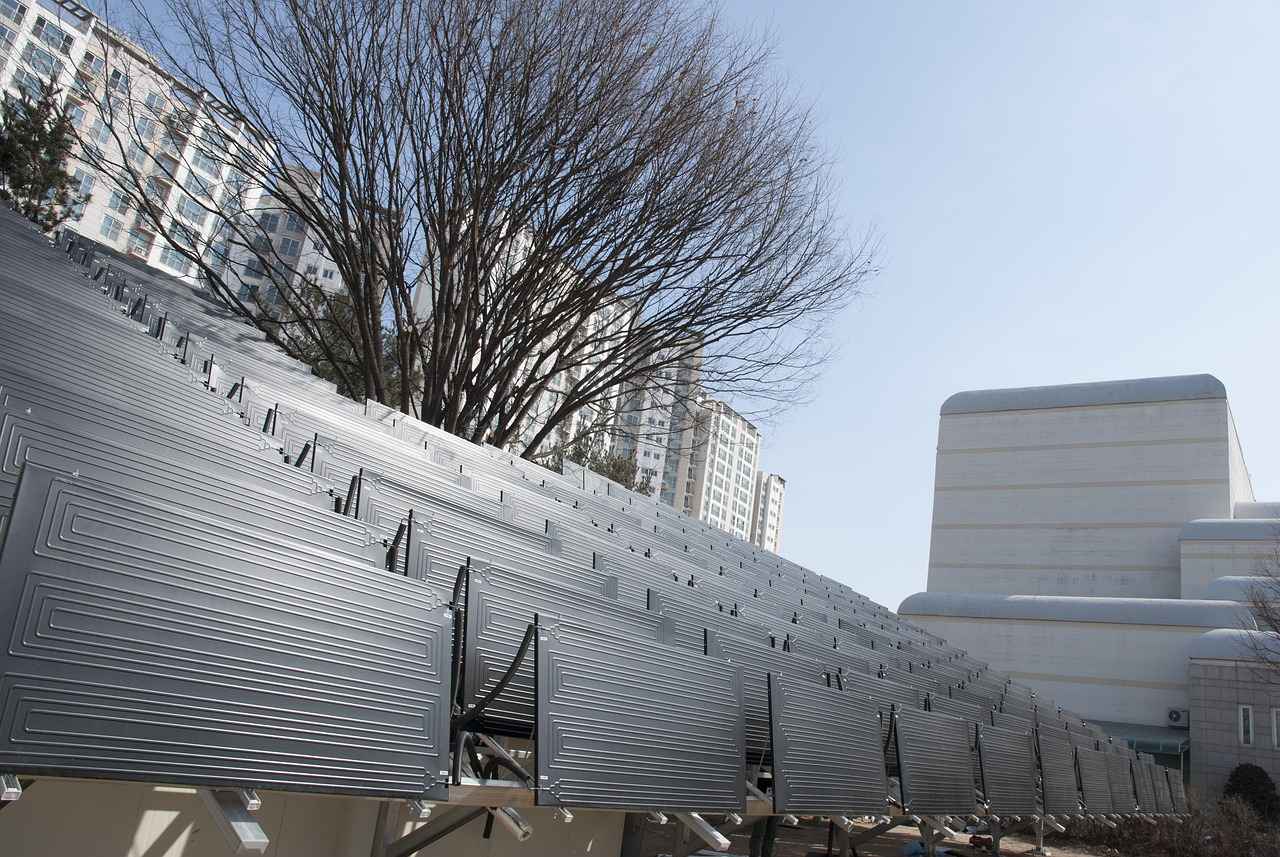
Thermodynamics Behind Freezing
Understanding the thermodynamics behind freezing is crucial for exploring why warm water can sometimes freeze faster than cold water. This phenomenon, often referred to as the Mpemba effect, challenges our conventional notions of thermodynamics and heat transfer. In this article, we will delve into the essential concepts of heat transfer, convection, and evaporation, which play significant roles in the freezing process.
Heat transfer is a fundamental concept in thermodynamics, and it occurs through three primary mechanisms: conduction, convection, and radiation. Each of these mechanisms can behave differently when applied to warm and cold water, thereby affecting the rate at which water freezes.
- Conduction involves the direct transfer of heat through a material. In the case of water, the warmer molecules transfer energy to the cooler surrounding molecules, leading to a decrease in temperature.
- Convection refers to the movement of fluid (in this case, water) which carries heat away from the source. Warm water rises while cooler water sinks, creating a cycle that can enhance heat loss.
- Radiation is the transfer of heat through electromagnetic waves. While it plays a lesser role in freezing water compared to conduction and convection, it can still contribute to overall heat loss.
Another critical factor in the freezing process is evaporation. When warm water is exposed to air, some of its molecules gain enough energy to escape into the atmosphere. This process not only cools the remaining water but can also significantly impact the freezing time.
As water evaporates, it removes heat from the surface, leading to a reduction in temperature. This cooling effect can be more pronounced in warm water compared to cold water, thereby contributing to the Mpemba effect. The rate of evaporation is influenced by several factors, including:
- Surface area: Larger surface areas allow for more evaporation, increasing the cooling effect.
- Airflow: Increased airflow can enhance evaporation rates, further cooling the water.
- Humidity: Lower humidity levels in the surrounding environment promote more significant evaporation.
Convection currents also play a vital role in how water freezes. In a container of warm water, the warmer, less dense water rises, while the cooler, denser water sinks. This movement creates a dynamic environment where heat is continuously transferred, potentially leading to faster cooling. When cold water is placed in a similar environment, the convection currents may not be as effective, resulting in slower heat loss.
The presence of impurities in water can lead to freezing point depression, which alters the freezing point of water. Impurities, such as salts or other substances, disrupt the formation of ice crystals, allowing water to remain liquid at lower temperatures. This phenomenon can also contribute to variations in freezing times between warm and cold water.
The principles of thermodynamics are not just theoretical; they have practical implications in various fields. For instance, in cryogenics, understanding the Mpemba effect can lead to improved methods for freezing biological samples, enhancing preservation techniques. Additionally, in the food industry, utilizing warm water in certain freezing processes can yield better results in maintaining food quality.
In summary, the thermodynamic principles of freezing provide valuable insights into the behavior of water in its transition from liquid to solid. By examining the roles of heat transfer, convection, evaporation, and impurities, we can better understand the intriguing phenomenon of why warm water sometimes freezes faster than cold water.
Heat Transfer Mechanisms
Understanding the mechanisms of heat transfer is crucial to comprehending why warm water can sometimes freeze faster than cold water, a phenomenon known as the Mpemba effect. This section delves into the primary methods of heat transfer: conduction, convection, and radiation. Each of these methods plays a significant role in the freezing process of water and can behave differently depending on the temperature of the water.
Conduction is the process by which heat energy is transferred through direct contact between materials. In the context of freezing water, conduction occurs when the water molecules come into contact with the colder surfaces of the container or the surrounding environment. Warm water has more energy and, therefore, can transfer heat more rapidly to these surfaces compared to cold water. This difference in energy levels can lead to a faster cooling rate for warm water under certain conditions.
Convection involves the movement of heat through fluids (liquids and gases) due to the motion of the fluid itself. When water is heated, it becomes less dense and rises, while cooler, denser water sinks. This creates a circulation pattern that helps distribute heat throughout the body of water. In warm water, the convection currents are generally stronger, allowing for more efficient heat loss. As warm water cools, these currents can enhance the overall freezing process, especially in larger bodies of water.
Radiation is the transfer of heat in the form of electromagnetic waves. Unlike conduction and convection, radiation does not require a medium to transfer heat. In an open environment, warm water can lose heat through radiation, particularly if exposed to cooler surroundings. Although radiation plays a smaller role in the freezing process compared to conduction and convection, it can still contribute to the overall cooling effect, especially in situations where the water is in a well-ventilated area.
The temperature of the water significantly affects how these heat transfer mechanisms operate. Warm water, due to its higher energy state, can create more vigorous convection currents and may also experience increased rates of evaporation, which further aids in cooling. When warm water is placed in a freezing environment, the combination of enhanced conduction, convection, and radiation can lead to a scenario where it freezes faster than colder water.
Understanding heat transfer mechanisms is not just an academic exercise; it has practical implications in various fields. For instance, in cryogenics, the principles of heat transfer are applied to improve freezing techniques for biological samples, ensuring better preservation. In the food industry, knowing how to manipulate the freezing process can lead to improved food quality and shelf-life.
In summary, the interplay of conduction, convection, and radiation is essential in understanding why warm water can freeze faster than cold water. Each mechanism contributes differently based on the water’s temperature, container shape, and surrounding environment. By grasping these concepts, we can better appreciate the complexities of the Mpemba effect and its implications in real-world applications.
The Role of Evaporation
is a significant factor in understanding why warm water can sometimes freeze faster than cold water, a phenomenon known as the Mpemba effect. This counterintuitive observation has puzzled scientists and laypeople alike, leading to various theories and investigations into the underlying mechanisms at play.
When warm water is exposed to cooler temperatures, it undergoes a process called evaporation, where molecules at the surface gain enough energy to escape into the air. This process is vital because it effectively removes heat from the water, lowering its temperature. As heat is lost, the water becomes closer to its freezing point, which can lead to faster freezing times compared to colder water that does not experience the same level of evaporation.
Several factors contribute to the efficiency of evaporation in warm water:
- Surface Area: The greater the surface area of the water, the more molecules can escape into the air, enhancing the cooling effect. For instance, water spread out in a shallow dish will cool faster than water in a tall container.
- Air Movement: Wind or air currents can significantly increase evaporation rates. When warm water is subjected to breezy conditions, the rate of heat loss accelerates, further promoting faster freezing.
- Humidity Levels: In low-humidity environments, evaporation occurs more rapidly. Warm water exposed to dry air will lose heat quickly, which can lead to quicker freezing times.
Additionally, the temperature gradient between the warm water and its surroundings plays a crucial role. The greater the difference in temperature, the more efficient the heat transfer becomes. This principle is essential in understanding how warm water can lose heat rapidly through evaporation, thus facilitating its transition to ice.
Moreover, the latent heat of vaporization is another critical concept to consider. This is the amount of energy required for water molecules to transition from liquid to vapor. In warm water, the molecules have higher kinetic energy, which means they can overcome this energy barrier more easily. As they evaporate, they take heat energy with them, further cooling the remaining water.
In a practical sense, the implications of evaporation in the freezing process can be observed in everyday situations. For example, when filling ice trays with warm water, many people find that the ice forms more quickly compared to using cold water. This observation aligns with the principles of evaporation and heat loss discussed earlier.
In summary, the role of evaporation in the freezing process is multifaceted and involves various factors such as surface area, air movement, humidity, and temperature gradients. By understanding these elements, we can better appreciate the complexities of the Mpemba effect and the intriguing behavior of water as it transitions from a liquid to a solid state. The interplay between heat loss through evaporation and the freezing process highlights the fascinating dynamics of thermodynamics, offering insights into both scientific principles and practical applications.
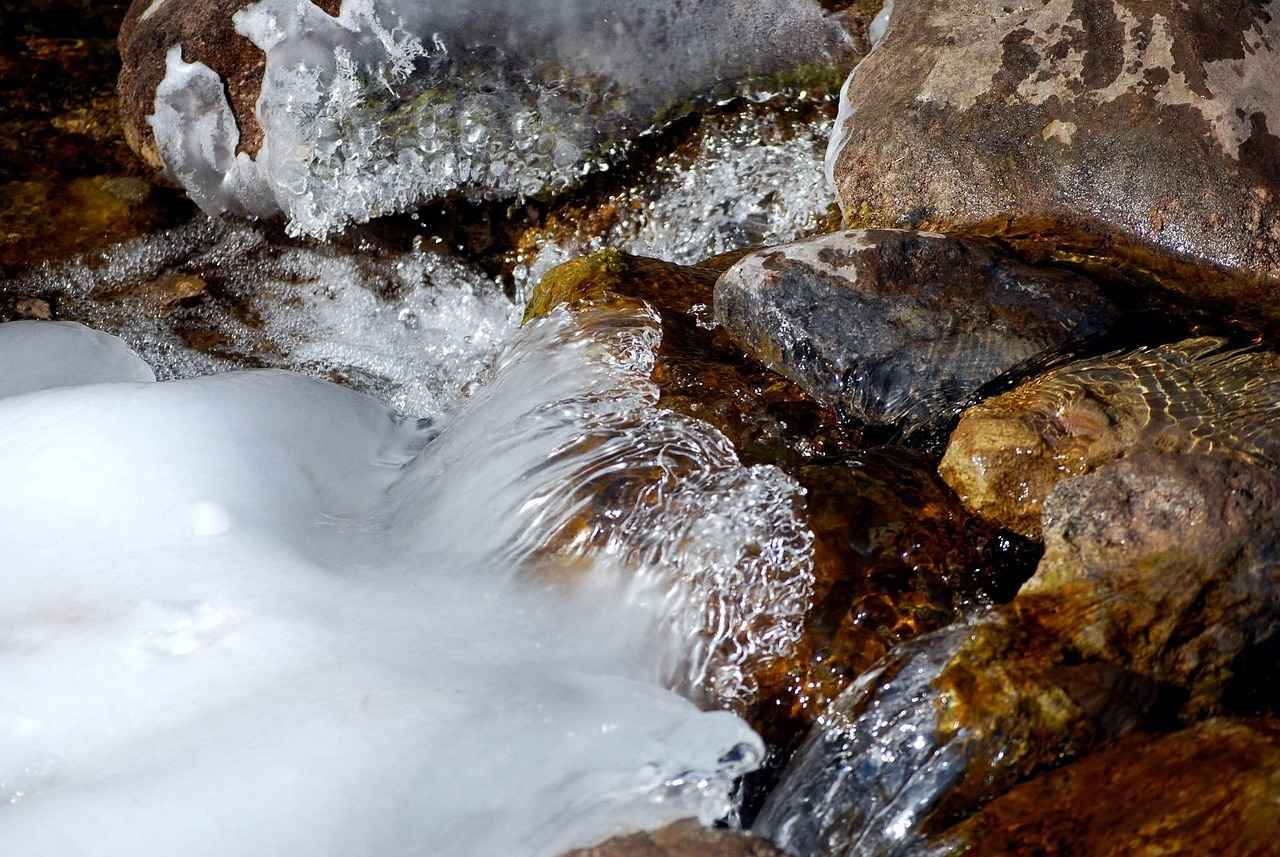
Real-World Applications of the Mpemba Effect
The Mpemba effect, a fascinating phenomenon where warm water freezes faster than cold water, has implications that reach far beyond mere curiosity. This article delves into the real-world applications of the Mpemba effect, exploring its significance in various fields such as cryogenics, food preservation, and even climate science.
In the realm of cryogenics, the Mpemba effect can be harnessed to improve the freezing techniques used for biological samples. By understanding the conditions that allow warm water to freeze more rapidly, researchers can enhance the preservation of cells, tissues, and even organs. This could lead to breakthroughs in medical science, where effective preservation methods are crucial for transplant viability and long-term storage of biological materials.
The implications of the Mpemba effect extend into the food industry, where freezing techniques can significantly impact food quality. Utilizing warm water in specific freezing processes may lead to better retention of flavors and textures in food products. For instance, when preparing frozen fruits or vegetables, starting with warm water could potentially reduce the formation of large ice crystals, which often damage cell structures and degrade quality. This can result in superior frozen products that maintain their nutritional value and taste.
In the field of climate science, the Mpemba effect offers valuable insights into the behavior of water in natural environments. Understanding how temperature variations influence freezing can aid in modeling climate patterns, particularly in polar regions where ice formation is critical. Researchers can utilize the Mpemba effect to better predict how warming temperatures might influence ice dynamics, contributing to a more comprehensive understanding of climate change impacts.
The Mpemba effect also has potential applications in industrial processes. For example, industries that rely on cooling systems can potentially save energy by employing techniques that leverage the Mpemba effect. This could lead to more efficient cooling methods, reducing energy consumption and operational costs. As industries seek sustainable practices, understanding and applying the Mpemba effect can be a step towards more environmentally friendly processes.
The Mpemba effect presents a unique opportunity for educational institutions to engage students in scientific inquiry. By conducting experiments that explore this phenomenon, students can learn about thermodynamics, heat transfer, and the scientific method. This hands-on approach not only fosters curiosity but also encourages critical thinking and problem-solving skills.
In conclusion, the Mpemba effect is not merely a scientific curiosity; it has practical applications that can enhance various fields, from cryogenics to food preservation and climate science. As research continues to uncover the mechanisms behind this intriguing phenomenon, its potential benefits will likely expand, offering innovative solutions to real-world challenges.
Implications in Cryogenics
The Mpemba effect, where warm water freezes faster than cold, has significant implications in the field of cryogenics. This fascinating phenomenon can enhance methods for freezing biological samples, which is crucial for preserving cells, tissues, and other biological materials.
In cryogenics, the primary goal is to achieve very low temperatures to maintain the integrity of biological samples. Understanding the Mpemba effect can lead to improved freezing techniques that enhance preservation outcomes. The ability to freeze samples more efficiently can be particularly beneficial in fields such as biobanking, where the long-term storage of biological materials is essential.
By leveraging the Mpemba effect, researchers can optimize the freezing process. For instance, if warm water can freeze faster than cold water, then using slightly warmed solutions for freezing biological samples may reduce the time required to reach the desired storage temperature. This can lead to:
- Reduced Ice Crystal Formation: Faster freezing can minimize the formation of ice crystals, which can damage cellular structures.
- Improved Cell Viability: Enhanced preservation techniques can lead to higher cell viability upon thawing, which is critical in applications like regenerative medicine.
- Cost Efficiency: Quicker freezing processes may reduce energy consumption and associated costs in cryogenic facilities.
The Mpemba effect also encourages a deeper understanding of thermal dynamics in cryogenics. Factors such as evaporation, convection currents, and the properties of the freezing medium play significant roles in how biological samples are preserved. By studying these dynamics, scientists can develop more effective protocols for:
- Sample Preparation: Tailoring sample preparation methods to take advantage of the Mpemba effect.
- Container Design: Designing containers that maximize heat transfer and facilitate quicker freezing.
- Environmental Conditions: Adjusting environmental parameters to optimize freezing rates.
The implications of the Mpemba effect extend to biobanking and transplantation. In biobanking, where the preservation of genetic material is crucial, using warm solutions can enhance the quality of samples stored for long periods. Similarly, in transplantation, ensuring the viability of organs and tissues is critical; understanding how to manipulate freezing processes can lead to better outcomes for transplant patients.
While the Mpemba effect presents exciting possibilities, further research is necessary to fully understand its implications in cryogenics. Scientists are encouraged to conduct controlled experiments to explore:
- Variability in Results: Investigating why the Mpemba effect does not always occur under expected conditions.
- Material Properties: Studying how different biological materials respond to varying freezing techniques.
- Long-Term Effects: Assessing the long-term viability of samples frozen using methods influenced by the Mpemba effect.
In conclusion, the Mpemba effect holds promising potential for revolutionizing cryogenic practices. By enhancing our understanding of this phenomenon, researchers can develop innovative techniques that improve the preservation of biological samples, ultimately benefiting various fields, including medicine and biotechnology.
Food Preservation Techniques
The Mpemba effect, a fascinating phenomenon where warm water can freeze faster than cold water, has intriguing implications for various fields, particularly in . Understanding this effect can lead to innovative approaches in maintaining food quality, enhancing both safety and taste.
Food preservation is essential for extending the shelf life of perishable items and ensuring their safety for consumption. The Mpemba effect suggests that utilizing warm water in freezing processes may yield superior results compared to traditional methods that employ cold water. This counterintuitive approach can be particularly beneficial in commercial food processing and storage.
- Enhanced Freezing Speed: Warm water may freeze more quickly, reducing the time food spends in the temperature danger zone, thereby minimizing bacterial growth.
- Improved Texture: Rapid freezing can help preserve the texture of food items, preventing the formation of large ice crystals that can damage cell structures.
- Better Flavor Retention: Using warm water may help maintain the flavor profile of certain foods by locking in essential oils and compounds that can be lost during slower freezing processes.
In the food industry, the Mpemba effect can be harnessed in several ways:
- Ice Cream Production: Ice cream makers can use warm mixtures to freeze their products more efficiently, leading to creamier textures.
- Frozen Vegetables: Blanching vegetables in warm water before freezing can enhance color and flavor retention, making them more appealing to consumers.
- Meat Preservation: Utilizing warm water in brining processes may improve meat tenderness and flavor before freezing.
While the Mpemba effect presents exciting opportunities, it also poses challenges. For instance, the presence of impurities in water can influence the freezing process, potentially leading to inconsistent results. Additionally, the specific conditions under which the Mpemba effect occurs need to be carefully controlled to ensure reliable outcomes.
Further research into the Mpemba effect could unlock new methods for food preservation. Scientists are encouraged to explore the underlying mechanisms in greater detail, investigating factors such as:
- Water Quality: Understanding how different levels of impurities affect freezing rates.
- Container Design: Examining how various shapes and materials influence heat transfer during the freezing process.
- Environmental Conditions: Analyzing how ambient temperature and humidity levels impact the effectiveness of warm water in freezing.
In conclusion, the Mpemba effect offers a unique perspective on food preservation techniques. By leveraging the principles of this phenomenon, the food industry can enhance freezing methods, leading to improved product quality and safety. Continued exploration of this effect may reveal even more innovative applications in food science and technology.
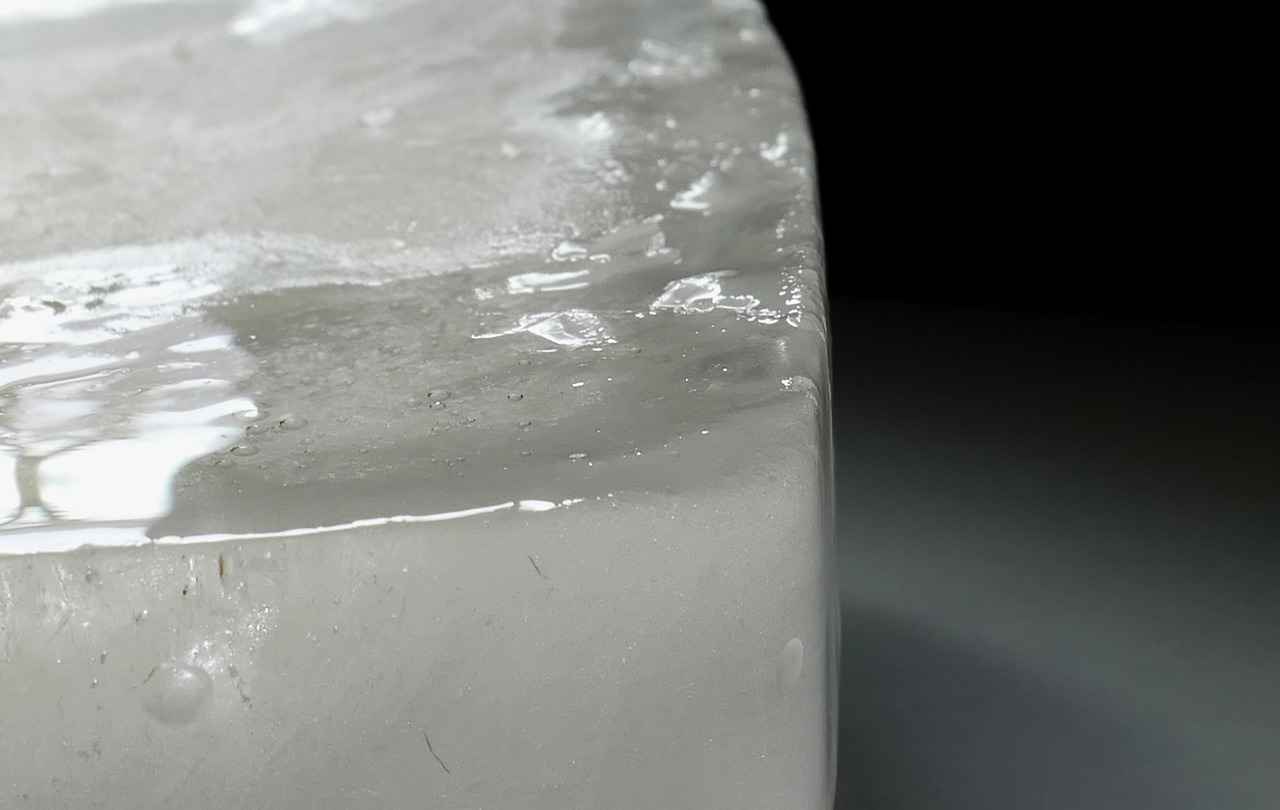
Controversies and Misunderstandings
The Mpemba effect, which suggests that warm water can freeze faster than cold water, has captivated scientists and curious minds alike. However, despite its fascinating implications, this phenomenon is steeped in controversy and has led to numerous debates regarding its reproducibility and the specific conditions under which it occurs. Understanding these controversies is vital for anyone interested in the complexities of thermodynamics and heat transfer.
Many scientists express skepticism about the Mpemba effect, questioning whether it is a universal phenomenon. Some argue that the effect is not consistently reproducible across different experiments, leading to doubts about its validity. Experimental conditions such as water purity, ambient temperature, and container shape can significantly influence the results. These variables often lead to inconsistent findings, which fuels the ongoing debate within the scientific community.
- Oversimplification: One prevalent misconception is that warm water always freezes faster than cold water, regardless of conditions. This oversimplification neglects the complex interplay of factors that can influence freezing rates.
- Evaporation Misunderstanding: While evaporation is a crucial factor in the Mpemba effect, many misunderstand how it contributes to cooling. It is not merely the loss of water that matters, but the energy dynamics involved in the process.
- Impurity Ignorance: The role of impurities in water is often overlooked. Impurities can alter the freezing point and significantly affect how quickly water freezes, which is essential for understanding the Mpemba effect.
Reproducibility is a cornerstone of scientific inquiry, and the Mpemba effect presents unique challenges in this regard. Different studies have produced varying results, leading to a lack of consensus on the conditions necessary for the effect to manifest. Factors such as container material, water source, and even the method of cooling can lead to different outcomes. This inconsistency complicates efforts to establish a reliable framework for understanding the Mpemba effect.
Many experts advocate for a more nuanced understanding of the Mpemba effect. Research continues to explore the various factors that may contribute to this phenomenon, with some studies suggesting that it may only occur under specific conditions. For instance, a recent study indicated that the shape of the container and the presence of impurities could play critical roles in the freezing process. This ongoing research aims to clarify the conditions that facilitate the Mpemba effect, potentially leading to a broader understanding of thermodynamics.
The controversies surrounding the Mpemba effect highlight the importance of rigorous scientific methodology. Future studies must aim to isolate the variables that influence freezing rates to achieve more consistent results. By addressing the skepticism and misconceptions that persist, researchers can contribute to a more comprehensive understanding of this intriguing phenomenon. As the scientific community continues to investigate the Mpemba effect, it remains a compelling topic that challenges our understanding of heat transfer and thermodynamics.
Scientific Skepticism
The Mpemba effect, a phenomenon where warm water freezes faster than cold water, has intrigued scientists and laypeople alike. However, amidst the fascination lies a significant degree of . This skepticism raises important questions regarding the universality and reproducibility of the Mpemba effect, challenging the notion that it is a consistent and reliable phenomenon.
Many researchers argue that the Mpemba effect is not universally applicable. They highlight that under various experimental conditions, results can differ dramatically. For instance, environmental factors such as temperature, humidity, and even the type of container used can significantly influence the freezing process. These variables can lead to inconsistent results, prompting some scientists to question whether the Mpemba effect is a genuine phenomenon or merely an artifact of specific experimental setups.
Additionally, the reproducibility crisis in science further complicates the validation of the Mpemba effect. Many studies that claim to have observed this effect have faced challenges in replicating results. A meta-analysis of experiments conducted over the years reveals a pattern of conflicting outcomes, which has fueled skepticism among scientists. This inconsistency raises doubts about the underlying mechanisms that might explain why warm water sometimes freezes faster than cold water.
One of the key arguments against the Mpemba effect is that it may be influenced by the properties of water itself. Some researchers posit that factors such as impurities in the water, the presence of dissolved gases, and the initial temperature gradients can all play a role in determining freezing rates. For example, water with higher levels of impurities may freeze at different rates compared to pure water, complicating the interpretation of experimental results.
Moreover, the theoretical frameworks used to explain the Mpemba effect are also under scrutiny. Some scientists argue that existing thermodynamic models do not adequately account for all variables involved in the freezing process. This lack of comprehensive theoretical backing contributes to the skepticism surrounding the Mpemba effect, as it suggests that more research is needed to fully understand the dynamics at play.
Despite the skepticism, it is essential to acknowledge that the Mpemba effect has not been entirely dismissed. Many researchers continue to explore this phenomenon, aiming to identify specific conditions under which it can reliably occur. Ongoing studies are investigating the role of factors such as evaporation, convection currents, and even the shape of the container in influencing freezing rates. By focusing on these variables, scientists hope to clarify the conditions that facilitate the Mpemba effect and determine whether it can be consistently replicated.
In conclusion, while the Mpemba effect captivates the imagination and challenges conventional wisdom, the scientific community remains divided on its validity. The skepticism surrounding this phenomenon serves as a reminder of the complexities involved in scientific inquiry. As researchers continue to investigate the Mpemba effect, they may uncover new insights that enhance our understanding of thermodynamics and the behavior of water in various states. Until then, the debate over whether warm water can indeed freeze faster than cold water remains an open question, inviting further exploration and discussion.
Common Misconceptions
The Mpemba effect is a fascinating phenomenon that has intrigued scientists and laypeople alike. It describes the counterintuitive observation that, under certain conditions, warm water can freeze faster than cold water. However, this effect is often surrounded by misunderstandings and oversimplified explanations, which can lead to confusion. To fully grasp the Mpemba effect, it is crucial to delve deeper into the various factors and conditions that influence this surprising behavior of water.
Many people assume that the Mpemba effect is a straightforward occurrence; however, it is influenced by a multitude of factors. Temperature differences are often cited, but they are not the only elements at play. The following factors significantly contribute to the manifestation of the Mpemba effect:
- Water Purity: The presence of impurities in water, such as minerals or gases, can alter its freezing point and affect how quickly it freezes.
- Evaporation Rates: Warm water tends to evaporate more quickly than cold water, which can lead to a reduction in volume and a faster freezing rate.
- Container Properties: The shape and material of the container holding the water can significantly impact heat transfer, influencing the freezing process.
- Surrounding Environment: Ambient temperature and airflow can also affect how quickly heat is lost from the water.
Despite the complexities involved, many explanations of the Mpemba effect are oversimplified. For instance, it is often suggested that heat rises and thus warm water should freeze faster simply because it starts at a higher temperature. This explanation neglects the intricate interplay of heat transfer mechanisms and environmental conditions. In reality, the process involves a combination of conduction, convection, and radiation, all of which can behave differently based on the temperature of the water.
Another common misconception is that the Mpemba effect is a universally reproducible phenomenon. While some experiments have successfully demonstrated this effect, others have failed to replicate the results. This inconsistency has led to skepticism within the scientific community. Factors such as experimental setup, measurement accuracy, and environmental control can all lead to varying outcomes in different studies.
Myths about the Mpemba effect often arise from anecdotal observations rather than scientific evidence. For example, some people might believe that using hot water in freezing processes is always advantageous. While there are instances where this holds true, it is not a blanket rule. The conditions must be just right for the Mpemba effect to occur, and it is not guaranteed in every situation.
To truly understand the Mpemba effect, it is essential to approach it with a scientific mindset. This involves questioning oversimplified explanations and exploring the underlying mechanisms. By doing so, we can enhance our understanding of thermodynamics and the behavior of water, leading to more accurate interpretations of this captivating phenomenon.
In conclusion, the Mpemba effect is a complex topic that challenges our traditional understanding of freezing processes. By addressing common misconceptions and focusing on the specific conditions that influence this effect, we can gain a deeper appreciation for the intricacies of science.
Frequently Asked Questions
- What is the Mpemba effect?
The Mpemba effect is the surprising phenomenon where warm water can freeze faster than cold water under certain conditions. This counterintuitive observation challenges our traditional understanding of thermodynamics and heat transfer.
- Who discovered the Mpemba effect?
The effect is named after Erasto Mpemba, a Tanzanian student who, in the 1960s, first observed that hot water froze faster than cold water. His discovery sparked further scientific inquiry into the underlying mechanisms behind this unusual behavior.
- What factors influence the Mpemba effect?
Several factors can influence the occurrence of the Mpemba effect, including the purity of the water, the shape and size of the container, and specific environmental conditions. Each of these elements plays a crucial role in how quickly water freezes.
- Does the Mpemba effect apply to all types of water?
Not necessarily! The Mpemba effect can be influenced by impurities in the water, which may alter the freezing point. Therefore, the effect may not occur uniformly across all types of water.
- Are there real-world applications for the Mpemba effect?
Absolutely! The Mpemba effect has implications in various fields, including cryogenics for better preservation of biological samples and food preservation techniques that utilize warm water for improved freezing outcomes.

